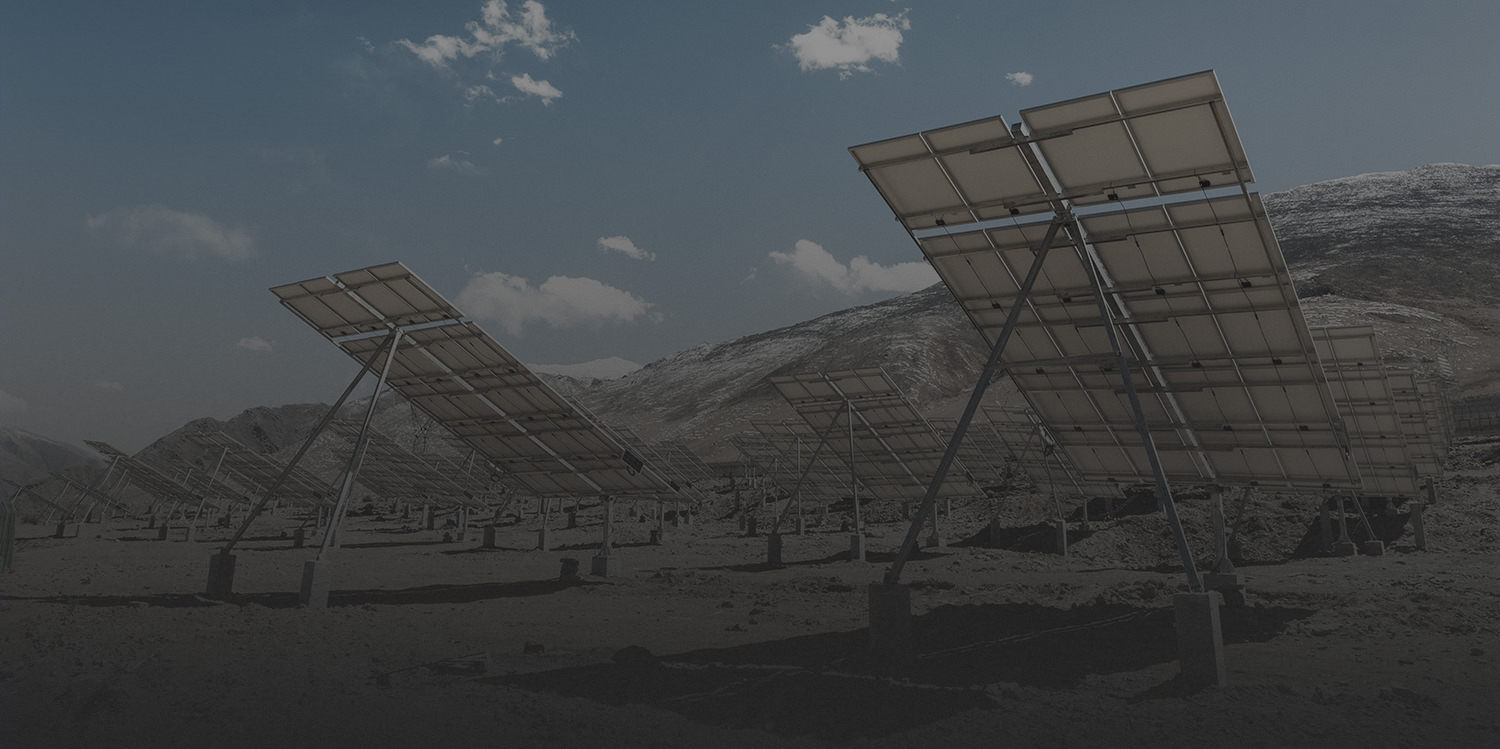Change Is Not Linear
Markets change in steps. Incremental improvements occur over time, eventually culminating in a transformation to a new paradigm. The time between paradigm shifts is shorter in some industries than others. Media has transformed from radio to TV to internet in a shorter time frame than naval locomotion transformed from sail, to coal, to oil — but in both cases these transformations changed the world.
Identifying the catalysts that ignite these transformations is an existential task for large organizations, as most will fail or be severely diminished during these periods. This is a challenge in the current environment of information overload and media hysteria – and because many of these catalysts arise from fields outside an organization’s core focus.
Leverage the catalyst framework that we have created to identify these transformational developments and how they spill over to affect strategy and decision-making in other industries and regions.





